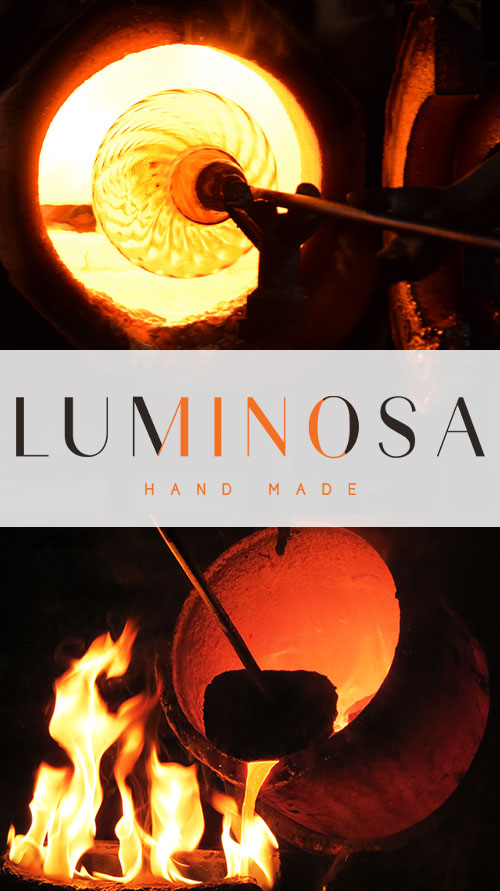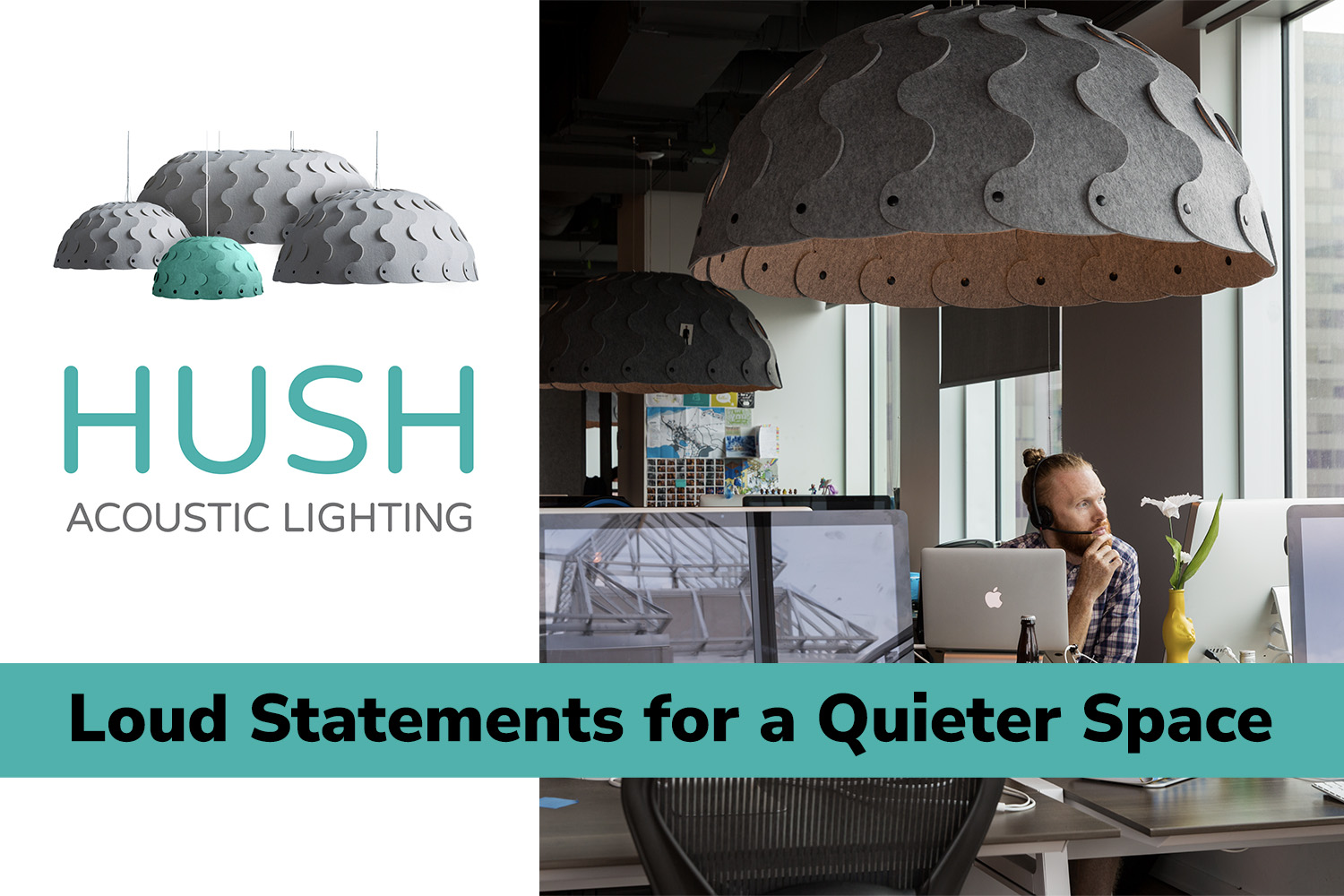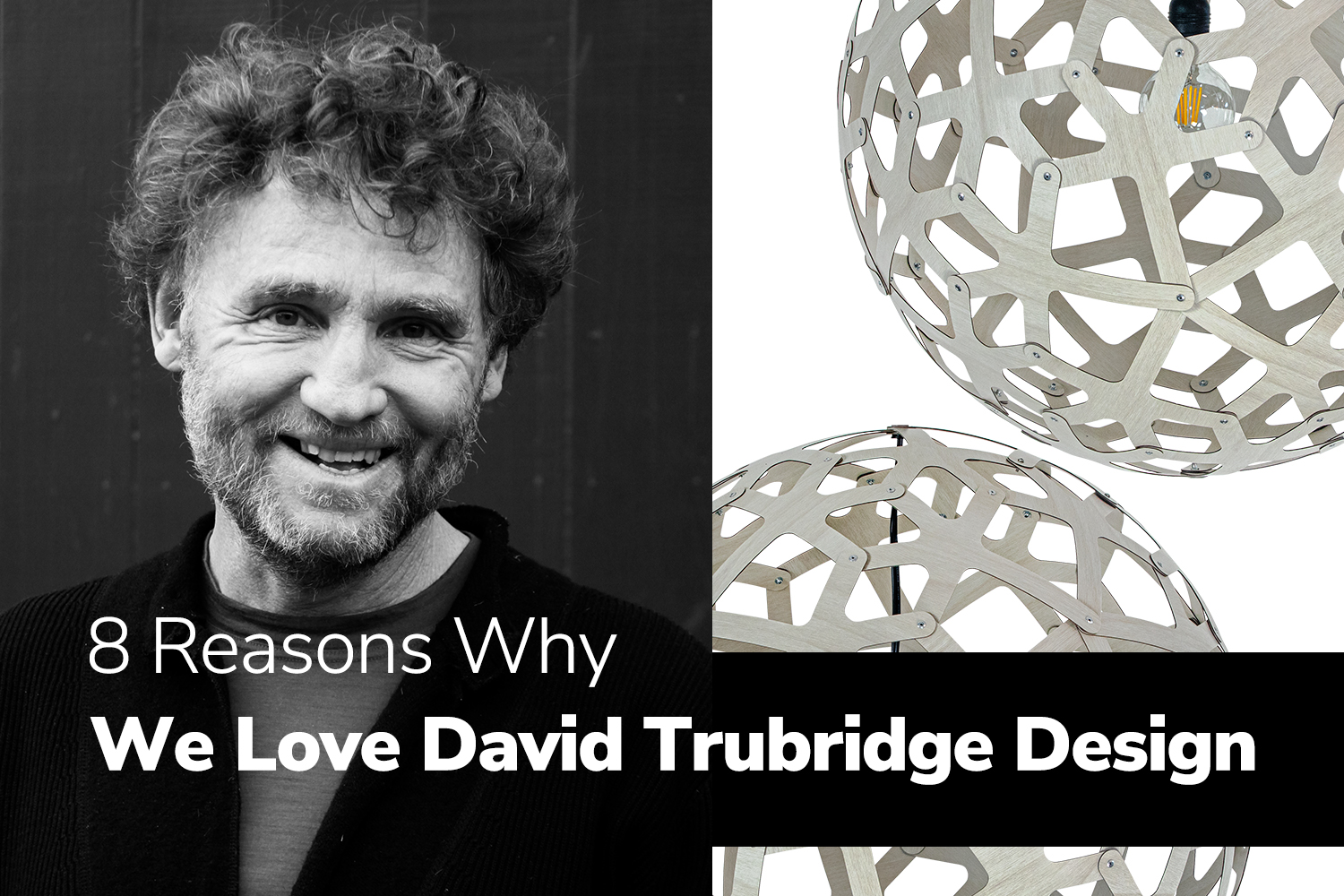Launched in partnership with wakaNINE in 2021, Studio Luminosa™ stands out as a testament to…
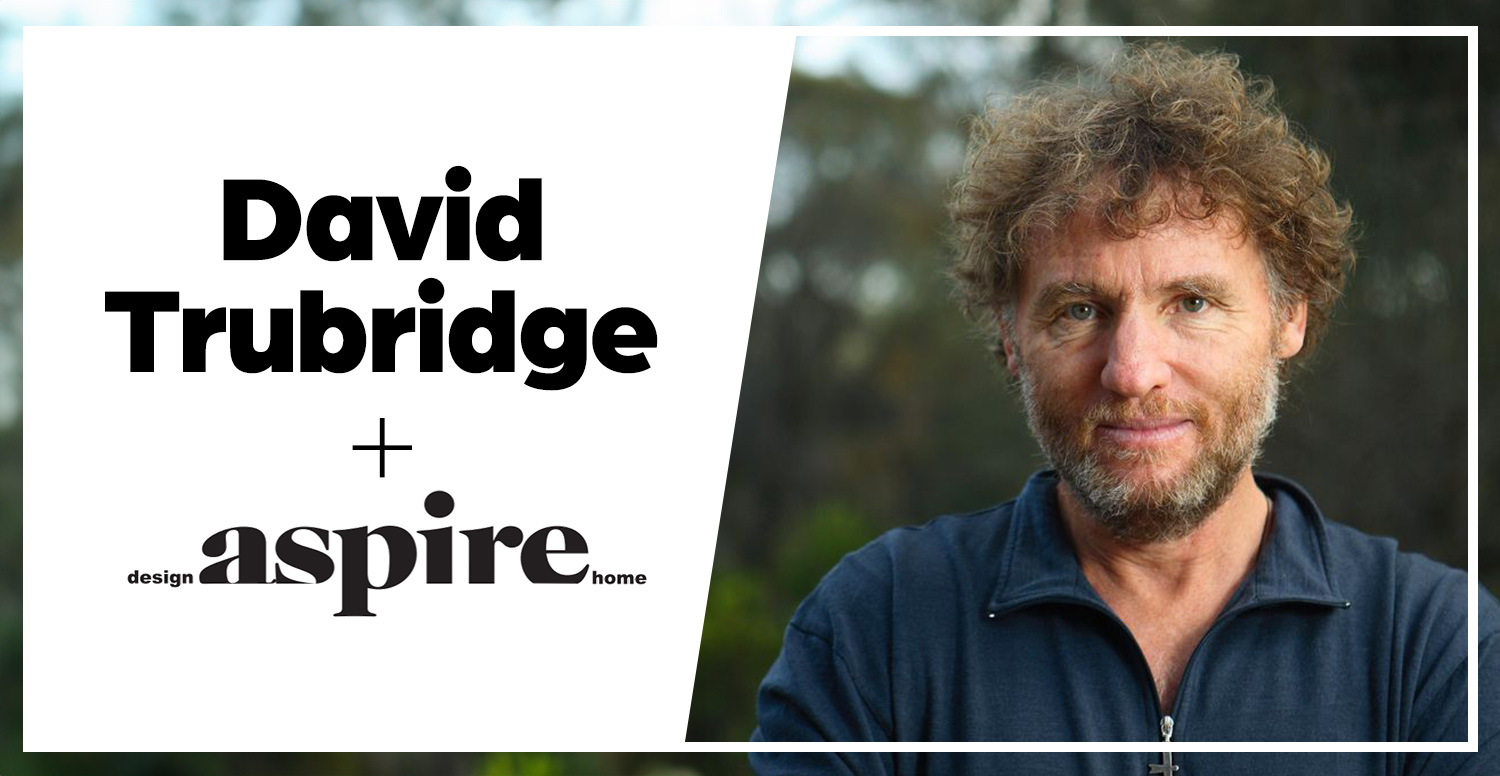
ASPIRE Design and Home magazine is a continuing story of spectacular design and architecture, incredible people, and intimate journeys into exclusive estates throughout the world. Recently, our very own David Trubridge sat down with them to be a part of their Maker Monday series – an interview format designed to gain perspective from an array of makers from around the globe.
Join us as we peruse David’s inspirations as a maker, dedication to sustainability in design, and much more.
Maker Monday: David Trubridge for ASPIRE Design and Home
David Trubridge’s path to where he is today is quite unconventional. In fact, he didn’t plan to start a global lighting business nor did he plan to settle in New Zealand. Being a natural adventurer and risk-taker meant anything could happen. In 1976 across a marshy field, an old barn called Dykehead was renovated and turned into a workshop. After it was completed, David started to develop his business while also holding a part-time job as a forester on the local estate. David’s skills and mind were developing and the home had become a safe haven. Now, many years later, David is one of New Zealand’s most internationally recognizable designers. He is known for his kitset lighting and environmental activism. David Trubridge Ltd the company, has evolved since 1995: from David’s original studio-based practice, to now making everything in Whakatu, Hawke’s Bay, New Zealand. (via Aspire Magazine)
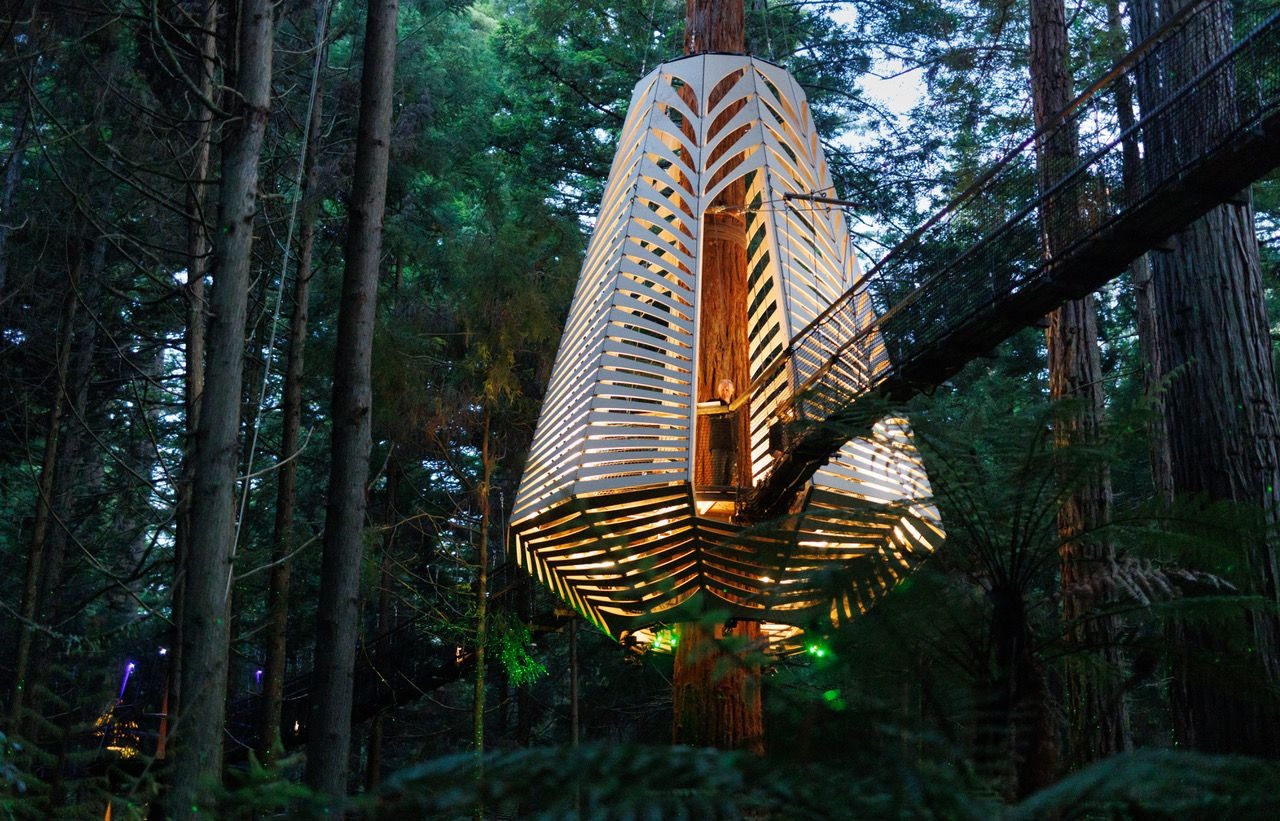
Aspire: What is the most challenging project you’ve worked on and how did you overcome it?
David Trubridge: Horoeka (pictured above), a 9m high walk through ‘pod’ design on a suspended walkway in a giant redwood forest in Rotorua, New Zealand. The 2-ton structure had to be built in situ and, like the platform it surrounds, was suspended from the tree. I designed it in components that could be carried into the forest, hoisted into place with a petrol winch and bolted together by riggers who were also swinging around on ropes. My biggest worry was that the segments would not fit together with no level baseline to start from.
Aspire: How do you stay creative and inspired?
DT: My problem is more like how not to be creative – I can’t help it, it is an internal imperative! And that comes largely from many days spent in nature, as wild and remote as possible. Nature is my inspiration for all the designs in the David Trubridge Lighting range. For example, the Tui light [pictured below] is inspired by New Zealand’s native bird, the Tui. The three-sided Toru light is the third of our pendant lights inspired by microscopic diatoms which live in water and produce over 50% of the oxygen we breathe.
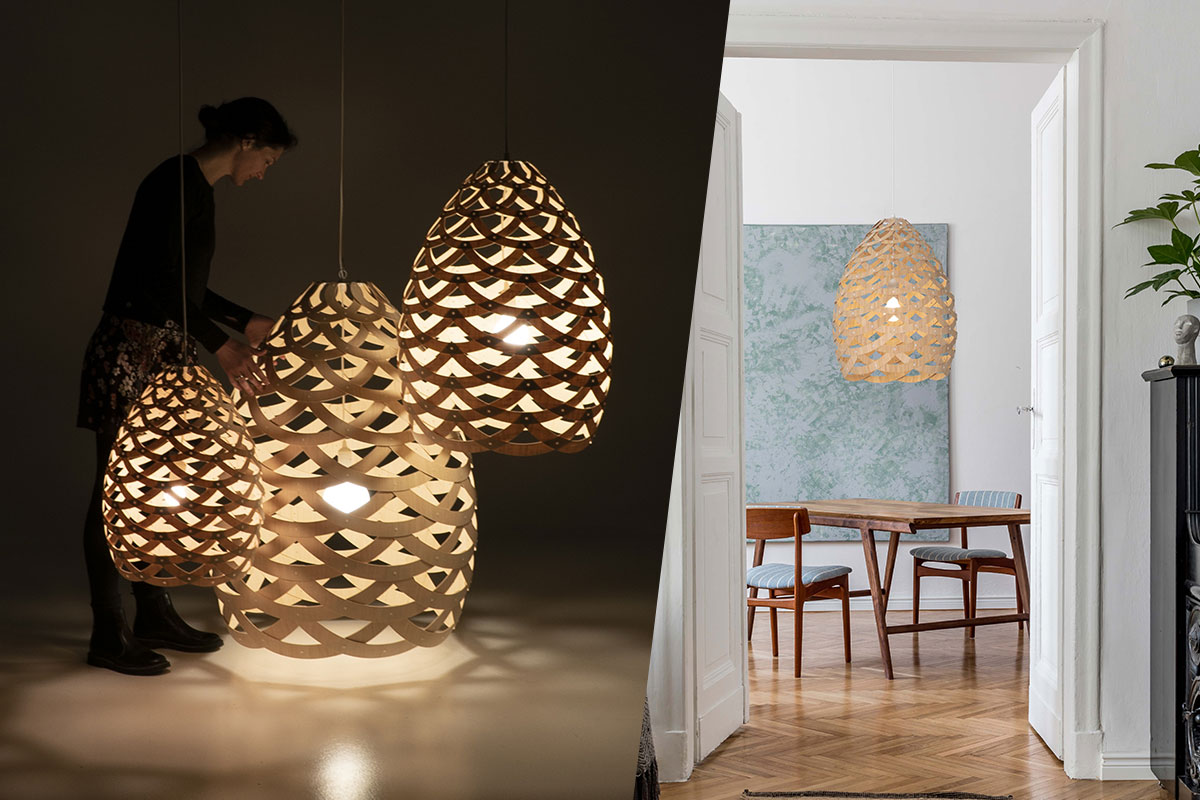
My problem is more like how not to be creative – I can’t help it, it is an internal imperative!
– David Trubridge, Founder, David Trubridge LTD.
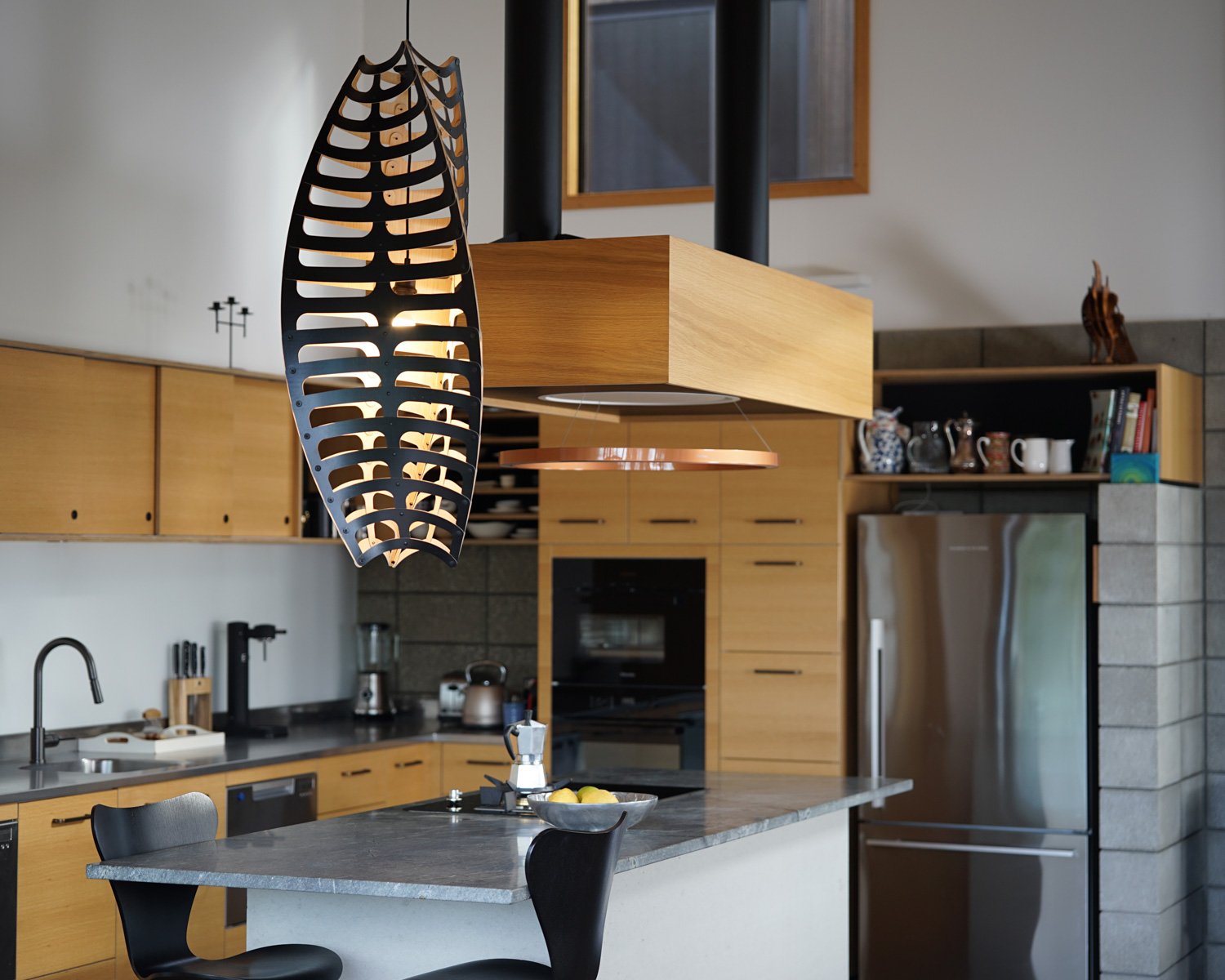
Aspire: How do you incorporate sustainability into your design?
DT: I don’t feel like I “incorporate” it because it is an absolutely fundamental criterion of my design practice, informing every decision we make. My real concern is that we are nowhere near sustainable enough.
Aspire: How do you balance functionality and aesthetics into your design?
DT: A good question: there is a design/creative continuum with pure aesthetics (e.g., a painting, art) at one end and pure function (e.g., a carburetor) at the other end. Where you sit on that line is the designer’s choice. I give more weight to aesthetics because my designs are for the decorative effect, but of course, they still have to work.
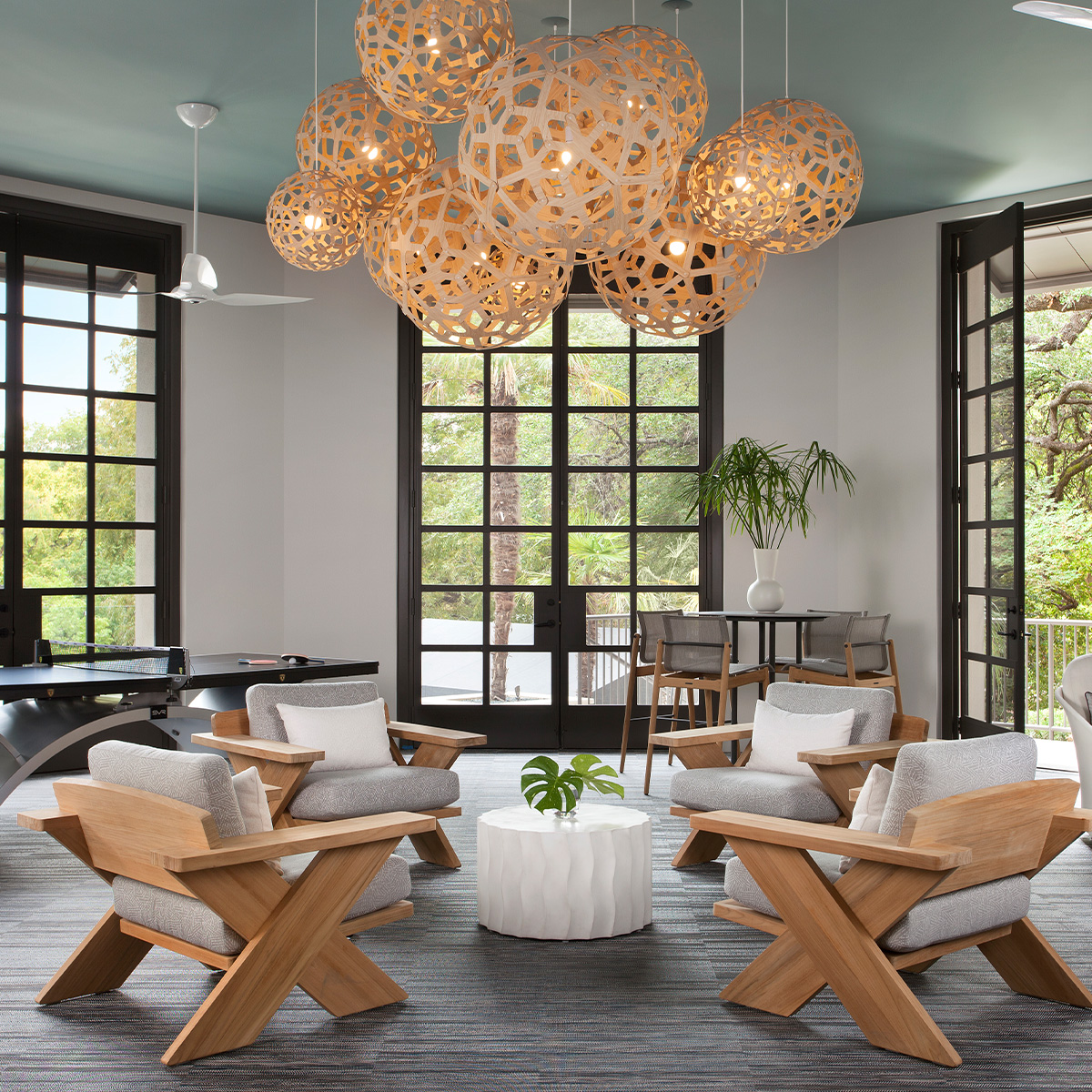
To read the full interview with David head over to Maker Monday: An aspire Exclusive Interview with David Trubridge


